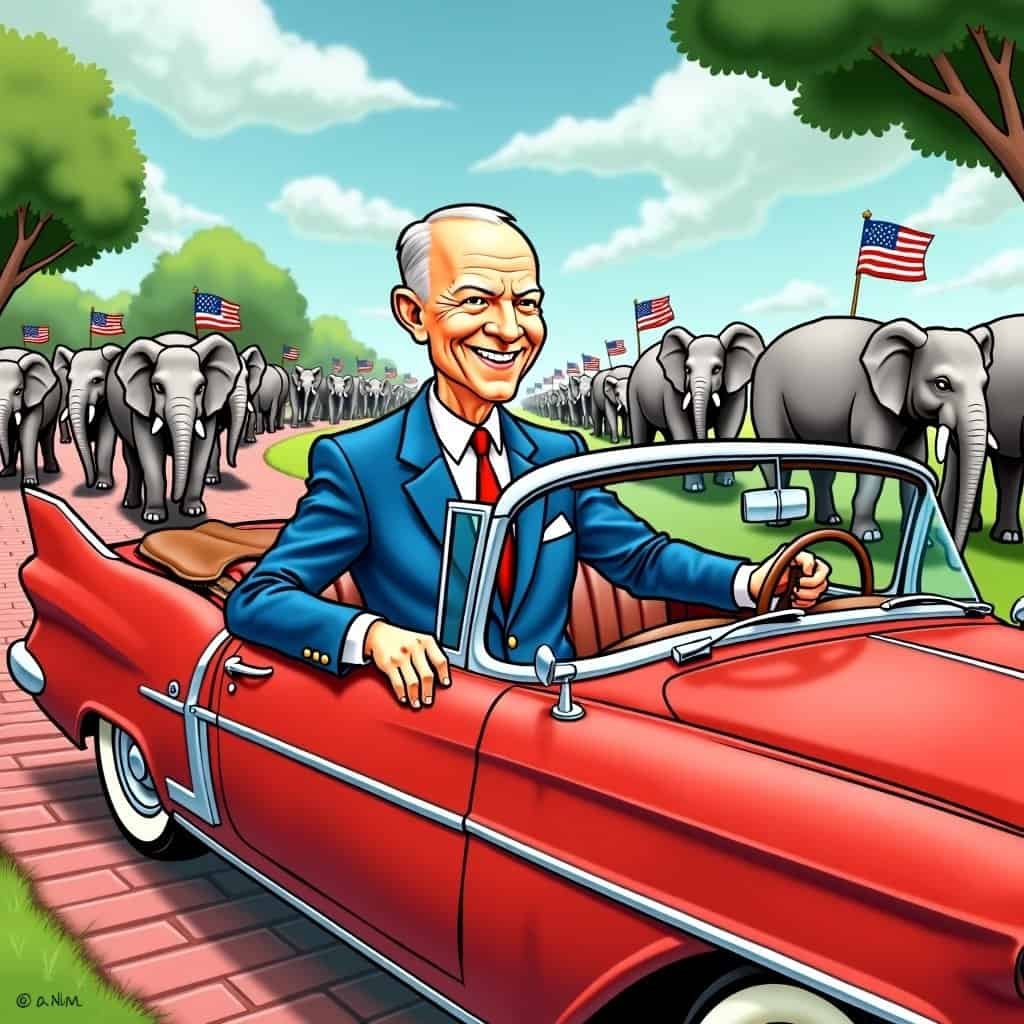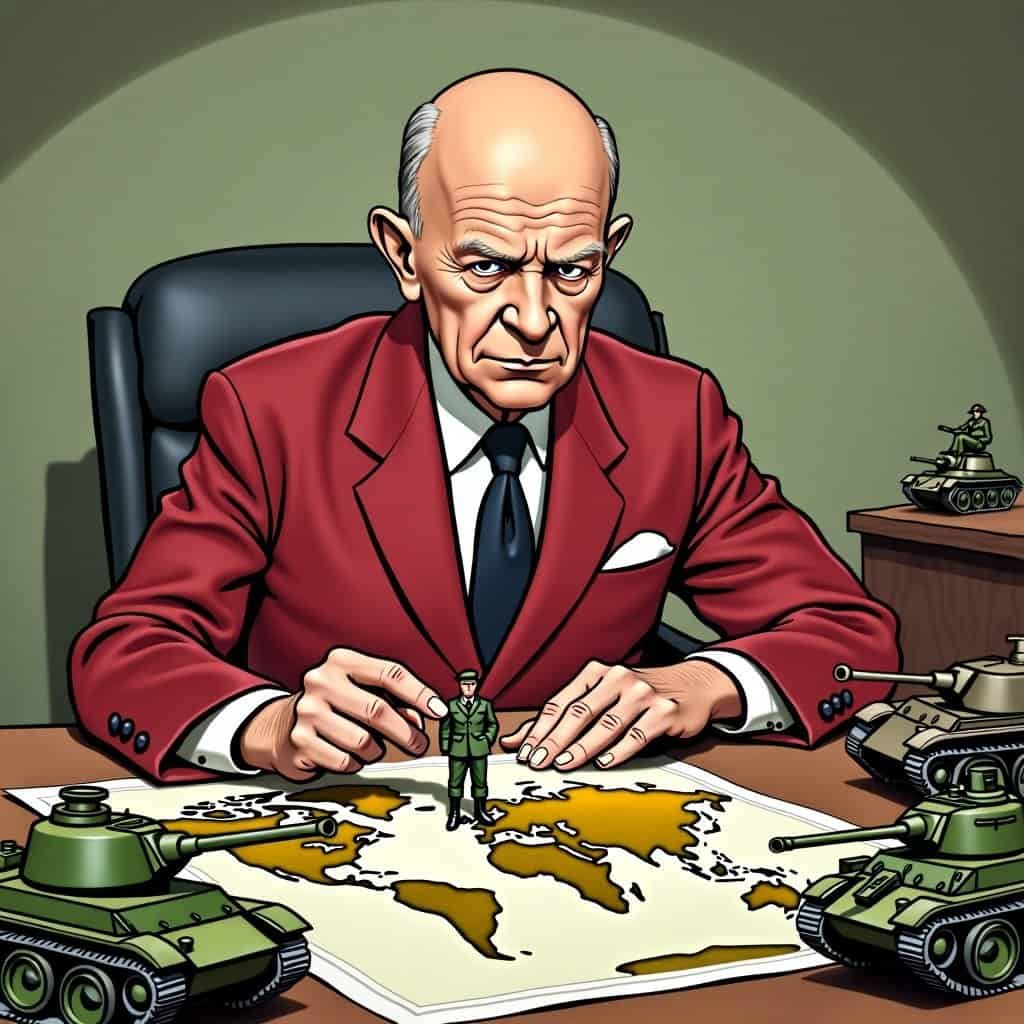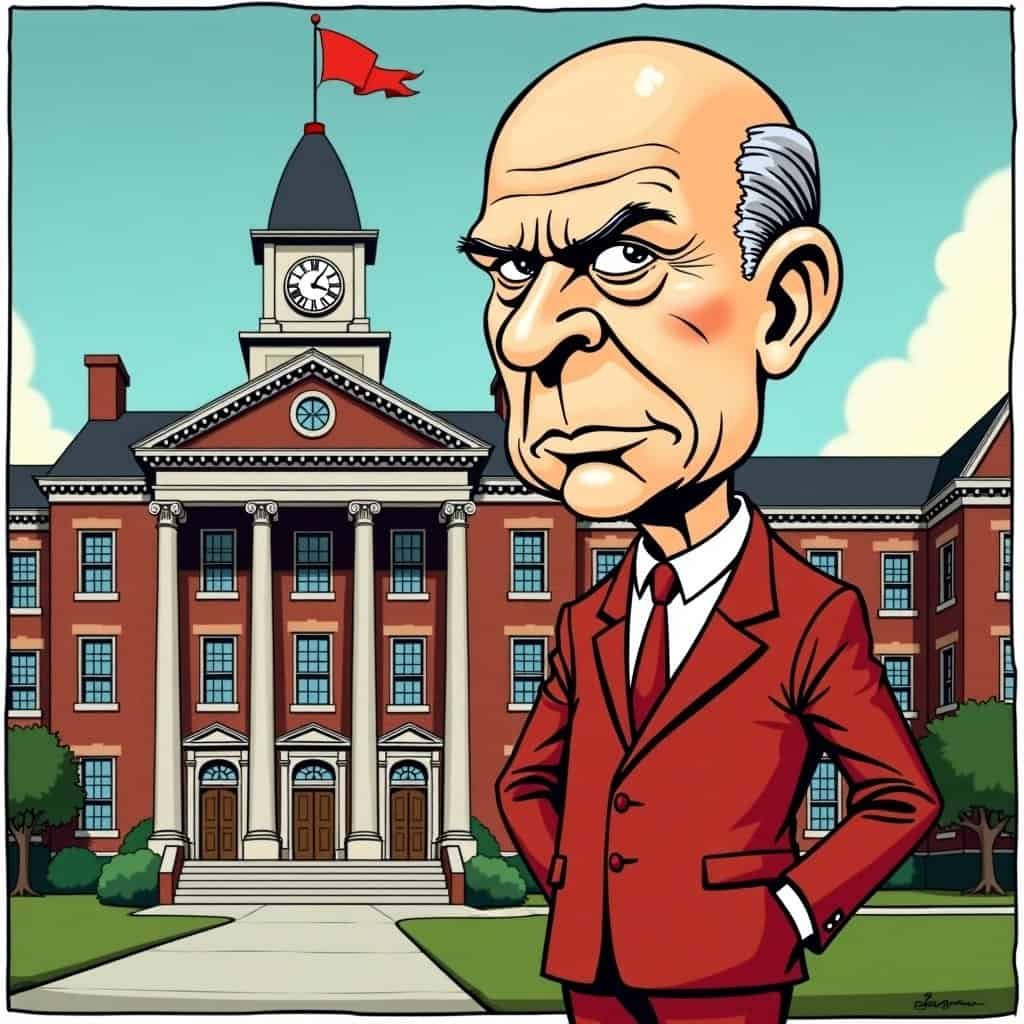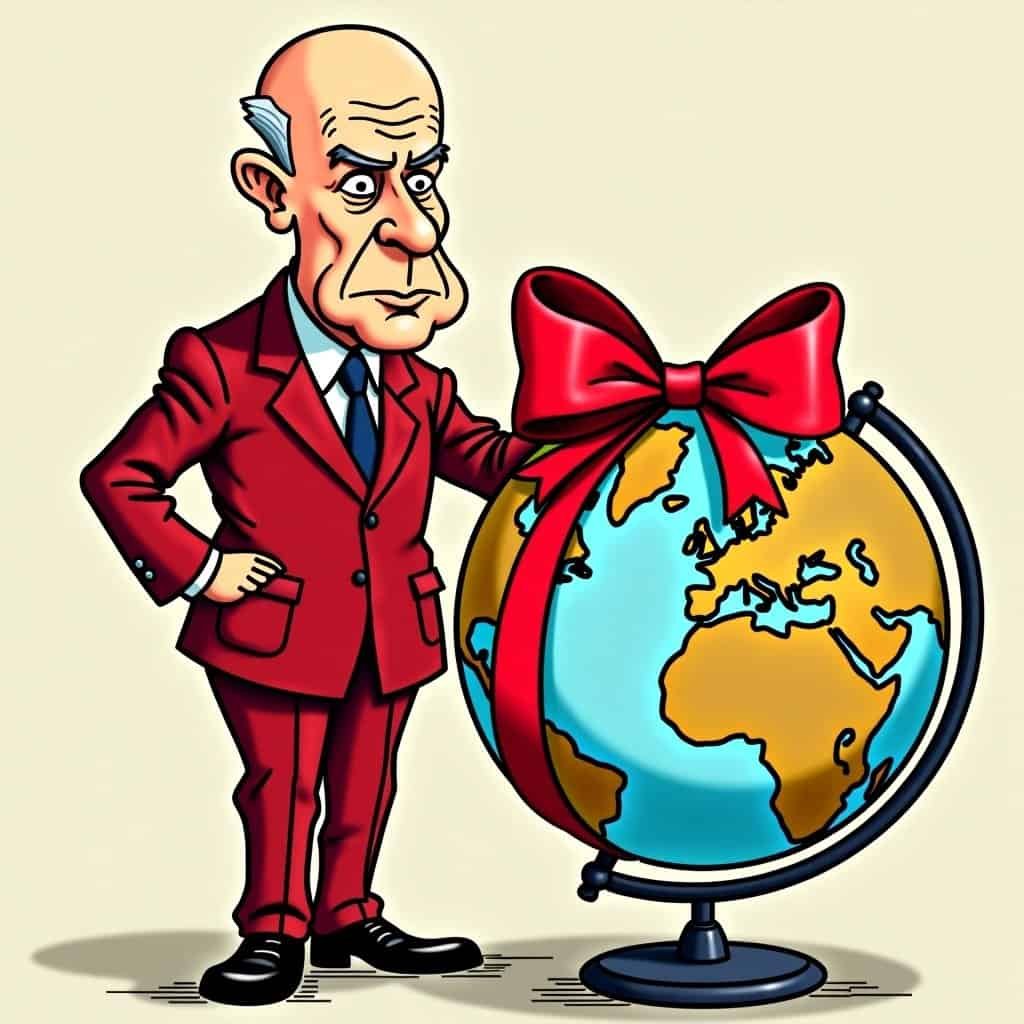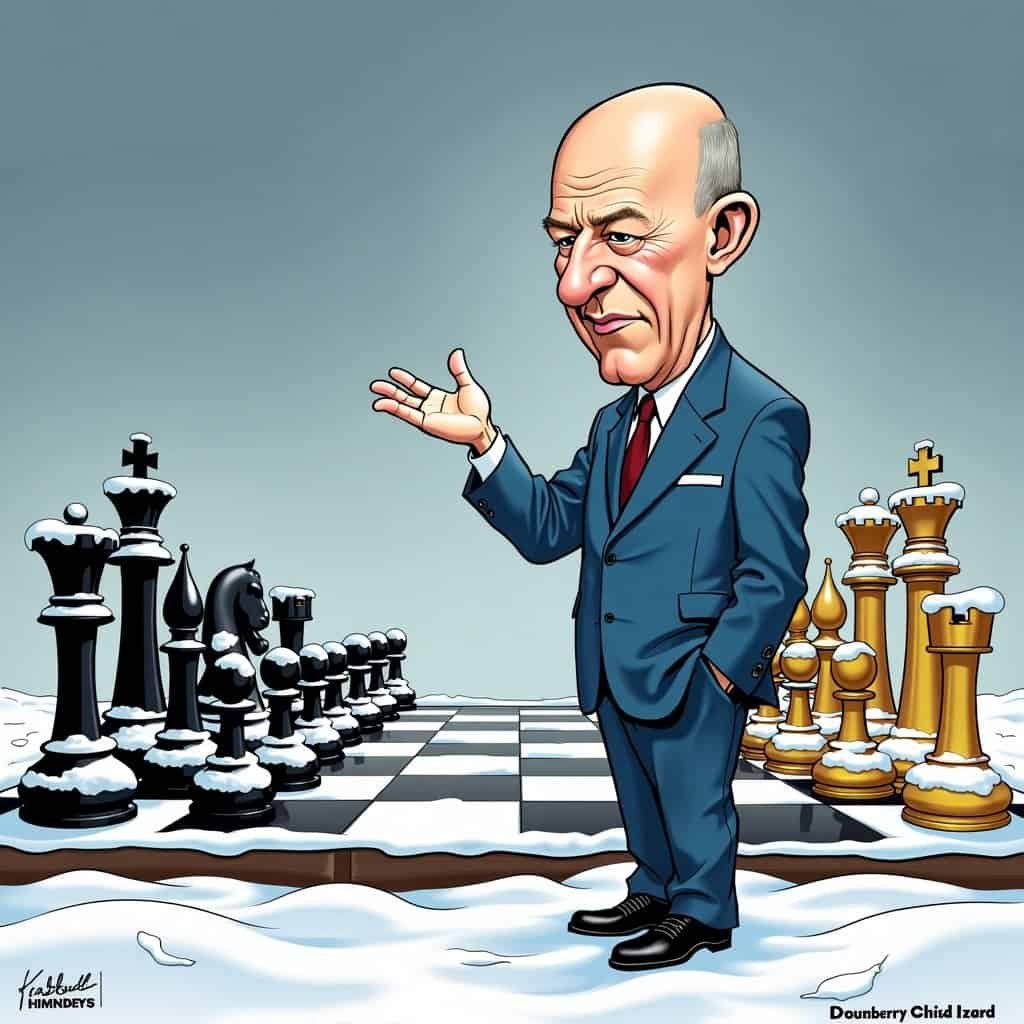Ah, Dwight D. Eisenhower—our 34th President, golfer extraordinaire, and, as history records, a man with a plan. A man who knew that organizing federal programs required the same precision he used in military operations. Yes, we’re talking about his clever creation of the Department of Health, Education, and Welfare (HEW). After all, where else would you bundle health, education, and welfare? Maybe he was aiming for a trifecta of domestic harmony?
Conservatives appreciate a well-organized chart as much as anyone, perhaps even more! Consolidating these agencies wasn’t just about loving paperwork; it was a smart move to make government resources more efficient. Imagine telling Ike that his idea would eventually grow into the modern Department of Health and Human Services. Try not to chuckle too hard—he did plan D-Day, after all!
Eisenhower’s Vision: Streamlining Government
Now, the idea of combining healthcare, education, and welfare into one department might sound as tricky as herding cats. But Eisenhower understood the power of organization—he’d seen plenty of neatly lined-up soldiers in his day. He saw a chance to simplify services, cut out unnecessary duplication, and maybe add a touch of military order to civic programs that might have been on the brink of chaos. Oh, the horror of bureaucratic mess! Not on Ike’s watch.
HEW’s Key Components
- Health: Focusing on public health initiatives and medical research
- Education: Overseeing federal education programs and policies
- Welfare: Managing social services and assistance programs
These days, conservatives applaud the focus on responsibility, local control, and the notion that taming the federal beast could be done with a light touch rather than heavy-handed meddling. Say goodbye to wild tax schemes and hello to efficient, diligent service—Eisenhower style!
Conservative Values in Action
There’s something truly admirable about making sure that when the government steps in, it does so looking sharp and put-together, not like it just rolled out of bed. Putting efficiency first is, without a doubt, a conservative nod to Eisenhower’s courage—not just in battle, but in the maze of domestic policy too.
Eisenhower’s Legacy in Government Efficiency
- Streamlined bureaucracy
- Reduced redundancies
- Improved coordination between related agencies
- Set a precedent for future government reorganizations

